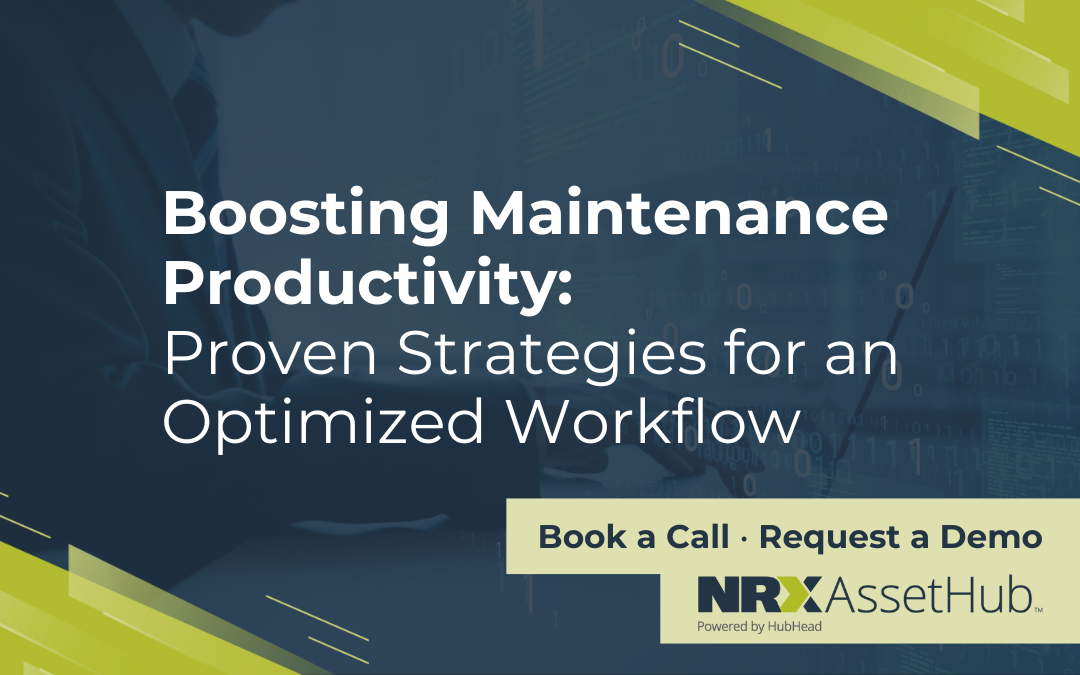
Optimizing Maintenance Workflows
Efficient workflows underpin effective maintenance. Companies that blend modern digital tools with redesigned processes see up to 30% improvement in planning and scheduling productivity. These platforms centralize work orders, monitor asset status, and harmonize task execution across teams. Going beyond routine checks, predictive maintenance uses real-time analytics to anticipate equipment issues. According to OXMaint, facilities implementing predictive strategies see 25% to 30% lower maintenance costs and 20% to 25% longer equipment life.
Streamlining Operations with Digital Tools
Clear communication between planners, technicians, and inventory teams is essential. Digital tools within CMMS/EAM systems such as automated part checks and scheduling alerts remove delays caused by missing parts or misaligned workflows. This contributes significantly to faster job completion and improved trust in the process.

Leveraging Data for Continuous Improvement
Maintenance performance improves through data-driven insights. McKinsey finds that analytics initiatives can reduce labour, downtime, and spare-part use by up to 30%. Similarly, IoT-enabled maintenance can cut unplanned downtime and significantly reduce maintenance costs. These gains support adoption of predictive maintenance and continual process refinements.
Conclusion
Enhancing maintenance productivity means more than accelerating repairs for smarter operations. With preventive and predictive maintenance, efficient communication, and powerful analytics, organizations can minimize downtime, reduce expenses, and extend asset longevity. In environments where productivity is critical, smart maintenance workflow is a competitive advantage.
Conclusion
Preventative maintenance is a powerful strategy for improving asset reliability, but its value increases significantly when made smarter through data and collaboration. By focusing on precision, leveraging technology, and fostering a culture of proactive maintenance, organizations position themselves for long-term operational success.
Integrating AI P&ID Extraction with Asset Management Systems

ISO 14224 vs Other Maintenance Standards: What Sets It Apart?

Building Trust in Your Asset Data: Strategies for Governance

Share this article

